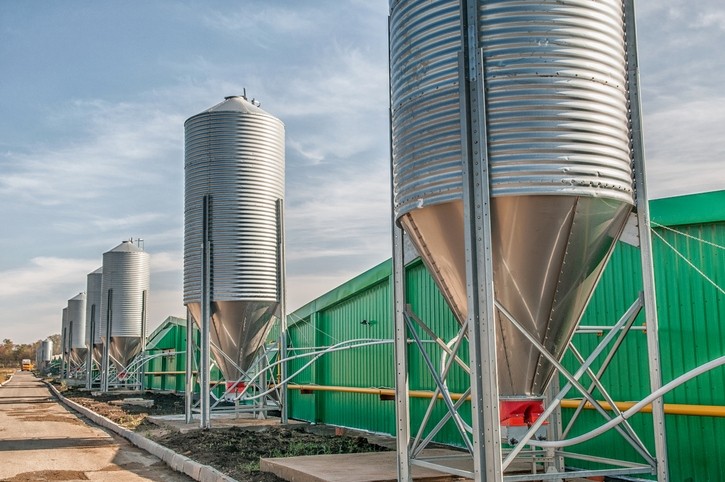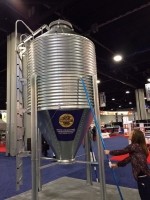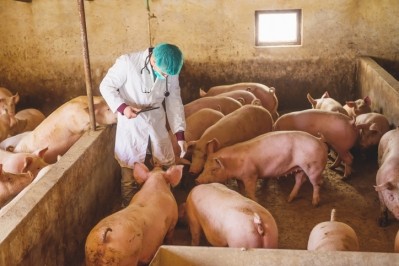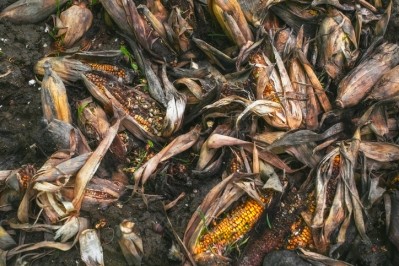Reports from IPPE
Swine, poultry tech company focuses on safety in feed measurement

The North Carolina-headquartered poultry and swine industry equipment company developed a tool, called the ‘bin stik’ to help address safety in feed and grain measurement or level testing at a facility, said Emily Olson, marketing coordinator with Hog Slat.
“The idea in mind [was] that producers wouldn’t have to climb bins to check feed levels,” she said of the measurement system’s development. “[It is] just a safer and easier option – they’re able to check it from the ground without having to climb the ladder, especially in winter or windy conditions.”
US farm population continues to age
Principal farm operators tend to be older than the head of a ‘typical’ household, according to data from the US Department of Agriculture (USDA).
The average age of principal operators was 58.3 years in 2012 – an increase of 2% from 2007, the department reported in the 2012 Census of Agriculture. About 33% of principal operators are 65 or older and 61% are aged 35 to 64.
The company presented the new grain measurement device at this week’s International Packaging and Processing Expo (IPPE) in Atlanta, Georgia.
Hog Slat works with swine production equipment, turnkey construction of confinement systems for poultry and swine, and produces live pigs. With about 1,000 employees and 1,400 subcontractors, the family-owned company is one of the largest producers of hog production equipment in the US. It also operates Georgia Poultry Equipment, Eastern Shore Poultry Services and Shenandoah AG supply to address equipment and services for the poultry industry.
Reducing climbing, grain-related risks
The ‘bin stik’ involves an aluminum pole with an attached high-density polyethylene ball, said Olson. The extendable tool ranges from less than 7ft (2m) to more than 11ft (3.6m) and weighs less than 3lbs.
“You put it against the bin and tap the sides,” she said. “What you listen for is there is a difference in sound from where the bin is empty compared to where it has feed against the side – you would be able to hear the noise difference.”
The difference in noise remains detectable even if there is some feed caught at the top or on the sides of the bin, she said. “We’ve tried this on several different sites, and we can typically differentiate the noise within a two or three ring difference so with some small [residue] up at the top that doesn’t make a large enough difference,” she added.
The measure can be used to locate the level of stored feed within several inches without having to climb to the top of the tank, Olson said.
“The thought [behind] it was to provide a less expensive option for producers without technology,” she said of the device’s development. “There’s more and more push for people not to have to climb ladders and get out of the feed trucks – this was a nice option.”
“It’s not always safe to be climbing up the ladder and it saves wear and tear on the body,” she added.
There are other, options or technology systems that can be used to measure levels within a feed or grain bin, she said. However, most tend to be more expensive.
“There are scale options for bins, but that’s for larger operations that would be an option for them,” she said. “That’s a larger cost feature too, so for the people who have one or two bins on the site this is a more feasible option.”










